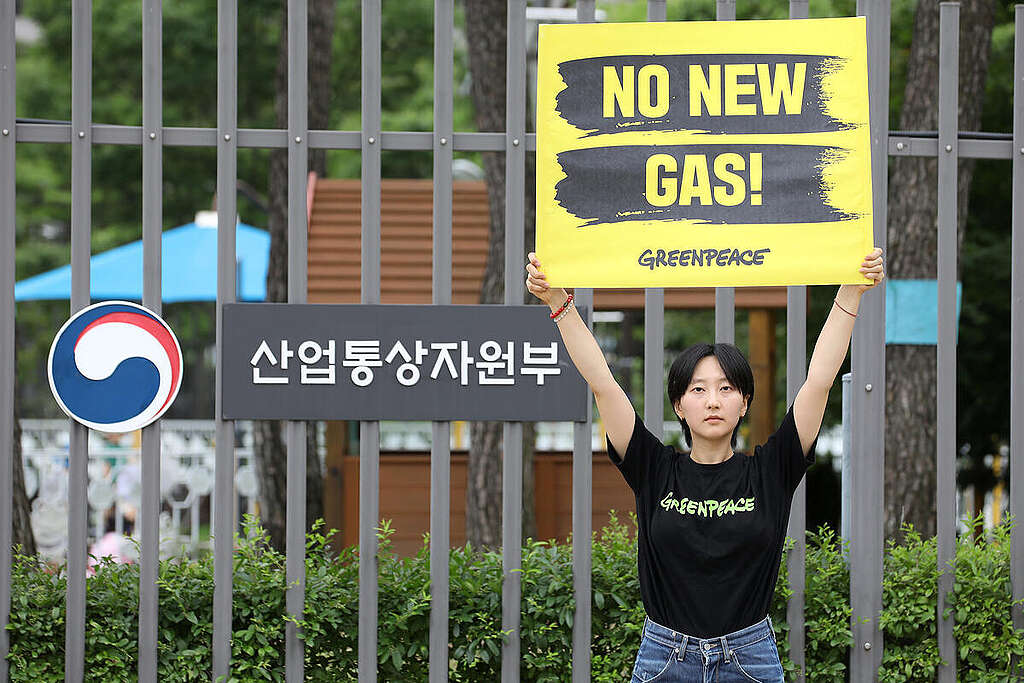Recall the scene from the film Her (2013) when Theodore meets his AI lover, Samantha, in the cloud and they embark on a romance through endless conversations. While this fantastical story unfolds, there is an element that perhaps few have considered — what is the environmental cost of our growing AI-dependence?
Her remains a work of fiction – for now. But as our reliance on AI grows, so does the technology’s carbon footprint. AI is fueling a very real increase in fossil fuel burning, including coal and gas. Without action from tech corporations like Nvidia, Microsoft and Google, our climate and our lungs will pay the price.
The energy-intensive nature of data centers has sparked widespread discussion. However, when we look at the other side of the story, the GHG emissions from AI chip manufacturing have skyrocketed more than 4.5 times in just one year, from 2023-2024. Even more alarming is that East Asia specifically, is heavily bearing the brunt of this climate crisis, as it sits at the heart of the AI chip supply chain. As the digital revolution accelerates, so too does its hidden environmental cost—along with the return of ineffective solutions—an issue that demands urgent attention.
In East Asia, AI manufacturing is further fueling the climate crisis – for no good reason
At present, all major AI chips on the market are manufactured in Taiwan, South Korea and Japan. The climate impact of the AI supply chain is felt more deeply in East Asia than any other region on the planet.
Unfortunately, the impact is significant. Emissions from AI chip manufacturing skyrocketed more than 4.5 times in just one year, new research from Greenpeace East Asia shows.
The region’s heavy reliance on fossil fuels is creating real problems, meaning that AI chips are being made with dirty energy. For example, 58% of South Korea’s electricity comes from coal, oil, and natural gas, and 83% in Taiwan.

The AI chip industry’s thirst for electricity is leading to an increase in fossil fuel capacity – demand that could and should be met by renewable energy. Industry lobbyists and politicians have proposed short-sighted solutions, such as building new gas plants, which will lead to more greenhouse emissions, air pollution and the destruction of the planet.
For example, last year, South Korea’s government approved the construction of a 1 gas power plant for SK hynix. South Korea’s government also plans to build 3 GW of gas capacity for Samsung in the National Semiconductor Cluster. In Taiwan, the Taiwan Power Company (Taipower) has used increased power demand from chipmaking to justify the expansion of gas projects.
Is it possible for AI hardware to be made with clean energy?
The answer is yes, if tech companies can invest in new, additional renewable energy capacity. Leading electronics manufacturers in East Asia, including TSMC, SK hynix and Samsung, have plenty of opportunities to expand their reliance on renewable energy. They can invest directly in renewable energy sources such as wind and solar, sign Power Purchase Agreements (PPAs) with clean energy developers, and can construct their own renewable energy capacity.

At the same time, tech giants like NVIDIA, AMD, Microsoft, Google, and Meta must commit to 100% renewable energy across their supply chains and support their suppliers to achieve this goal.
AI is evolving at a rapid pace, and we need to take action before fossil fuel developers lead us down again into another dangerous path. Each of us has the right to demand a sustainable future.
Avex Li
Digital Communications Strategist, Greenpeace East Asia
Source link
Avex Li www.greenpeace.org


